Buy the photo Paanorama Koornbrug on the Nieuwe Rijn in Leiden Netherlands by Hendrik-Jan Kornelis on canvas, ArtFrame, poster and wallpaper, printed on demand in high quality.
About "Paanorama Koornbrug on the Nieuwe Rijn in Leiden Netherlands"
by Hendrik-Jan Kornelis
About the artwork
The Koornbrug (locally: Koornbeursbrug) is a fixed stone arch bridge with double canopy over the water of the Nieuwe Rijn river in the centre of the Dutch city of Leiden. The bridge connects Burgsteeg and Koornbrugsteeg.
For centuries, corn was traded on the bridge. The first mention of a bridge at this location dates from the 15th century. In 1642, this bridge was replaced by the current Koornbrug with three arches and fancy natural stone fronts. The foundation stone was laid on 15 December 1642.[1] The underside of the bridge still dates from this time. The bridge owes its name to the fact that corn was traded there. In the 17th century, the bridge was renewed to a design by Leiden architect Arent van 's-Gravesande.
The Koornbrug in a German architecture book (1908)
A canopy was installed in 1824 to protect merchandise. The two canopies in neo-classical style were designed by Salomon van der Paauw, the city architect of Leiden. The canopy contains the city arms of Leiden (keys) surrounded by ears of corn. Wheat was stored under the roof. The holes in the ceiling served as ventilation.
Since 1968, the property has been listed in the national monument register. In 1978, the canopies were extensively restored. This involved replacing all columns and partially renewing the roof structures. A different type of slate roofing was also put on the roofs.
In March 2007, the bridge was restored because it was affected by wood rot and mould. In November 2007, the bridge was partially destroyed by schoolchildren protesting against the 1040-hour standard. The damage amounted to over 17,000 euros.

About Hendrik-Jan Kornelis
As a child, there was already a predilection for visual art. As a technician, I was always creative in products, services and working methods. In later years, more time was taken for my art (photography) passion... Read more…
 Germany
Germany Ordered in April 2022
Ordered in April 2022
 Netherlands
Netherlands Ordered in July 2023
Ordered in July 2023
 Netherlands
Netherlands Ordered in December 2024
Ordered in December 2024
 Germany
Germany Ordered in November 2024
Ordered in November 2024
 Netherlands
Netherlands Ordered in April 2024
Ordered in April 2024
 Germany
Germany Ordered in May 2021
Ordered in May 2021
 Netherlands
Netherlands Ordered in April 2021
Ordered in April 2021
 Netherlands
Netherlands Ordered in January 2024
Ordered in January 2024
 Netherlands
Netherlands Ordered in November 2019
Ordered in November 2019
 Germany
Germany Ordered in May 2021
Ordered in May 2021
 Netherlands
Netherlands Ordered in February 2018
Ordered in February 2018
 Netherlands
Netherlands Ordered in March 2022
Ordered in March 2022
About the material
ArtFrame™
Interchangeable Art Prints
- High-quality print
- Easily interchangeable
- Acoustic function
- Large sizes available
Discover the artworks of Hendrik-Jan Kornelis
 Prinsengracht 322 AmsterdamHendrik-Jan Kornelis
Prinsengracht 322 AmsterdamHendrik-Jan Kornelis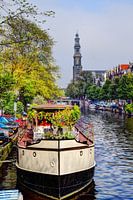 Westerkerk Amsterdam with boatHendrik-Jan Kornelis
Westerkerk Amsterdam with boatHendrik-Jan Kornelis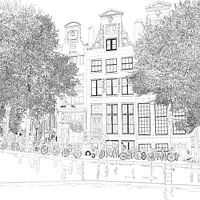 Pen Drawing Herengracht 392 Amsterdam SquareHendrik-Jan Kornelis
Pen Drawing Herengracht 392 Amsterdam SquareHendrik-Jan Kornelis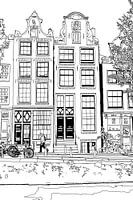 Drawing Brouwersgracht 48 AmsterdamHendrik-Jan Kornelis
Drawing Brouwersgracht 48 AmsterdamHendrik-Jan Kornelis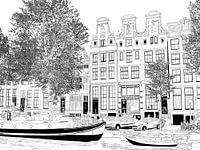 Drawing Herengracht 51-65 AmsterdamHendrik-Jan Kornelis
Drawing Herengracht 51-65 AmsterdamHendrik-Jan Kornelis Panorama Leidsegracht / Keizersgracht AmsterdamHendrik-Jan Kornelis
Panorama Leidsegracht / Keizersgracht AmsterdamHendrik-Jan Kornelis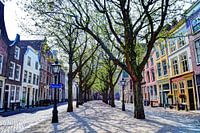 Hooglandse Kerkgracht Leiden The NetherlandsHendrik-Jan Kornelis
Hooglandse Kerkgracht Leiden The NetherlandsHendrik-Jan Kornelis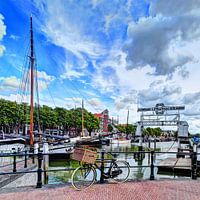 Nieuwe Haven Dordrecht NetherlandsHendrik-Jan Kornelis
Nieuwe Haven Dordrecht NetherlandsHendrik-Jan Kornelis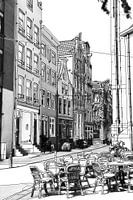 Noordermarkt Drawing AmsterdamHendrik-Jan Kornelis
Noordermarkt Drawing AmsterdamHendrik-Jan Kornelis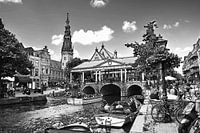 Drawing of City Hall and Kroonbrug Leiden NetherlandsHendrik-Jan Kornelis
Drawing of City Hall and Kroonbrug Leiden NetherlandsHendrik-Jan Kornelis Pen drawing Southern church Amsterdam KloveniersburgwalHendrik-Jan Kornelis
Pen drawing Southern church Amsterdam KloveniersburgwalHendrik-Jan Kornelis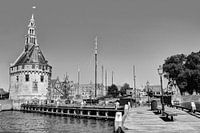 Hoorn Noord-Holland The Netherlands PortHendrik-Jan Kornelis
Hoorn Noord-Holland The Netherlands PortHendrik-Jan Kornelis Panorama Hoorn Oude Haven Kruittoren North Holland NetherlandsHendrik-Jan Kornelis
Panorama Hoorn Oude Haven Kruittoren North Holland NetherlandsHendrik-Jan Kornelis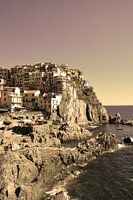 Cinque Terre Tuscany Italy OldHendrik-Jan Kornelis
Cinque Terre Tuscany Italy OldHendrik-Jan Kornelis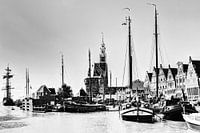 Hoorn Port North Holland Netherlands Black and WhiteHendrik-Jan Kornelis
Hoorn Port North Holland Netherlands Black and WhiteHendrik-Jan Kornelis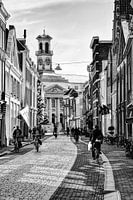 Town hall of Dordrecht Netherlands Black and WhiteHendrik-Jan Kornelis
Town hall of Dordrecht Netherlands Black and WhiteHendrik-Jan Kornelis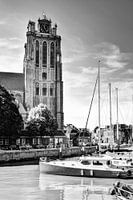 Our Lady Church in Dordrecht Netherlands Black and WhiteHendrik-Jan Kornelis
Our Lady Church in Dordrecht Netherlands Black and WhiteHendrik-Jan Kornelis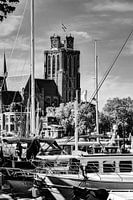 Our Lady Church in Dordrecht Netherlands Black and WhiteHendrik-Jan Kornelis
Our Lady Church in Dordrecht Netherlands Black and WhiteHendrik-Jan Kornelis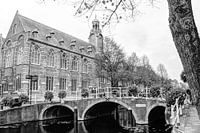 Nonnenbrug with Academy building Leiden Netherlands Black and whiteHendrik-Jan Kornelis
Nonnenbrug with Academy building Leiden Netherlands Black and whiteHendrik-Jan Kornelis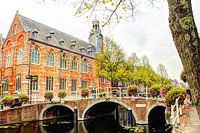 Nonnenbrug with Academy Building Leiden NetherlandsHendrik-Jan Kornelis
Nonnenbrug with Academy Building Leiden NetherlandsHendrik-Jan Kornelis



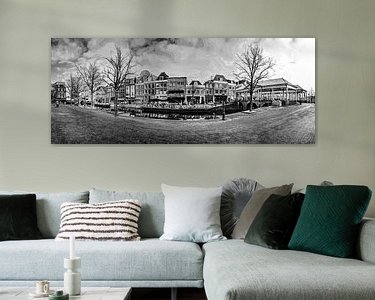


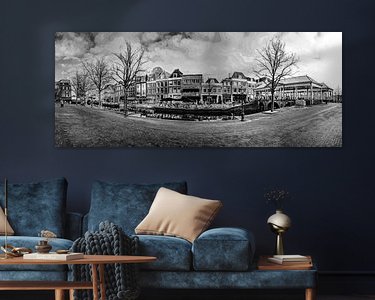

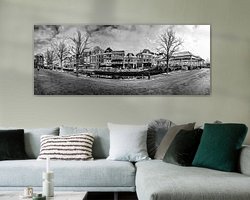



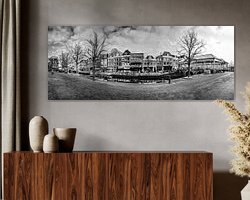
 Architecture photography
Architecture photography High Dynamic Range
High Dynamic Range Leiden
Leiden Nostalgic Memories
Nostalgic Memories Panorama photography
Panorama photography Photo wallpaper
Photo wallpaper Photography
Photography Serene Peace
Serene Peace Street photography
Street photography The Netherlands
The Netherlands Urban / Street
Urban / Street Urban landscapes
Urban landscapes Winter
Winter









